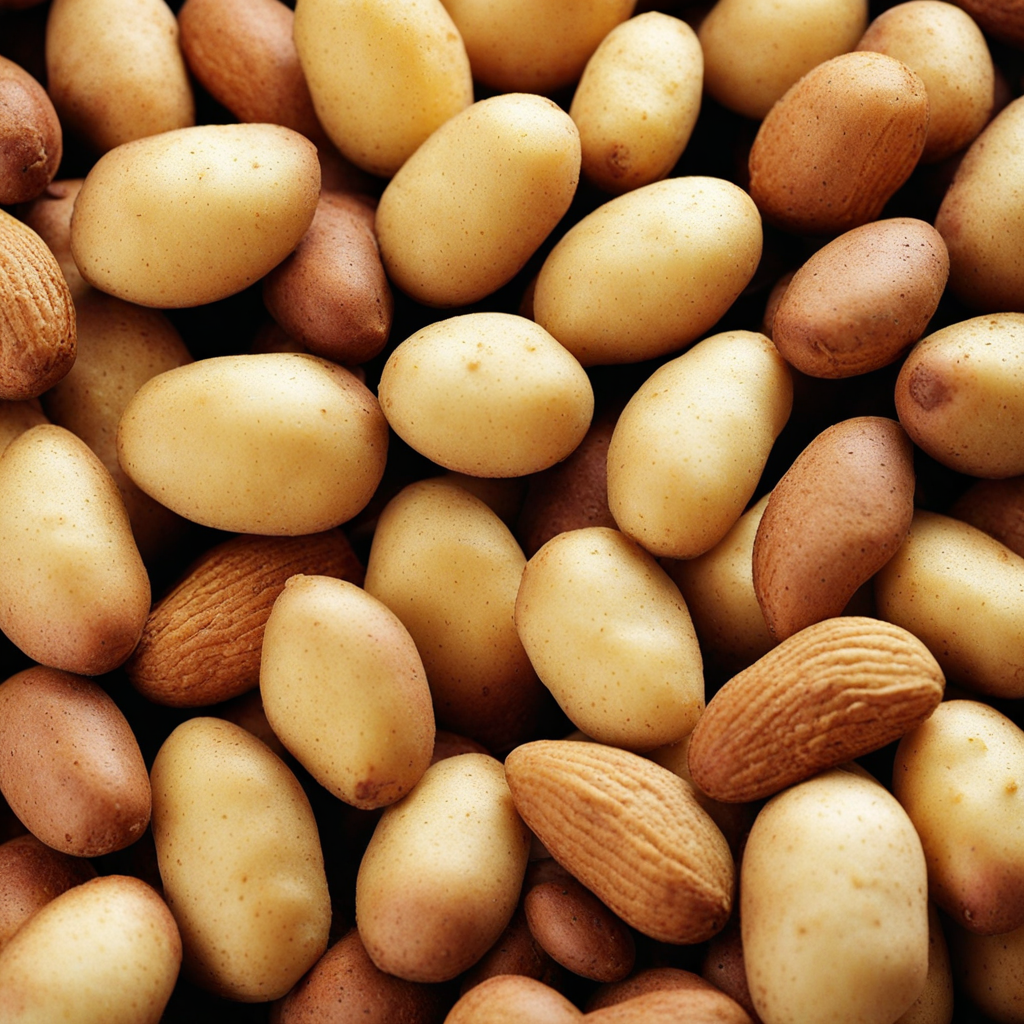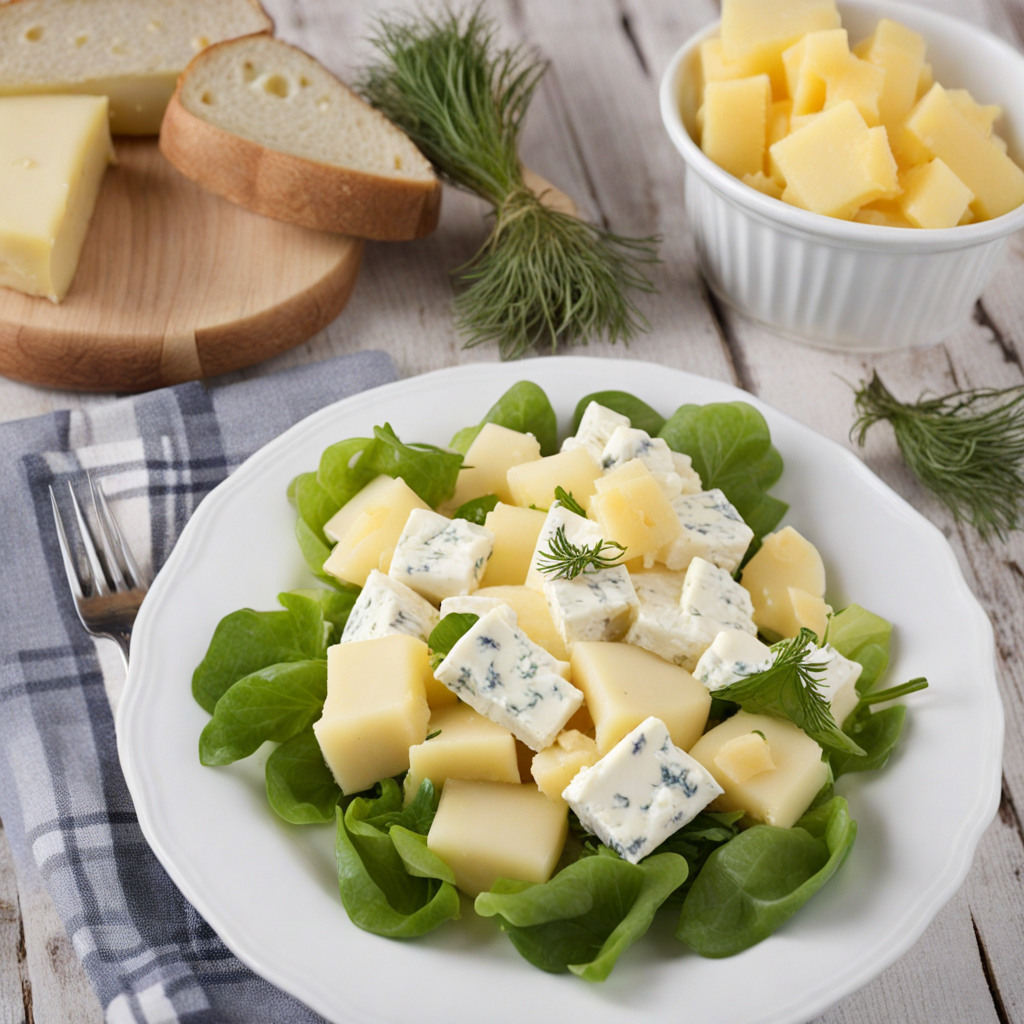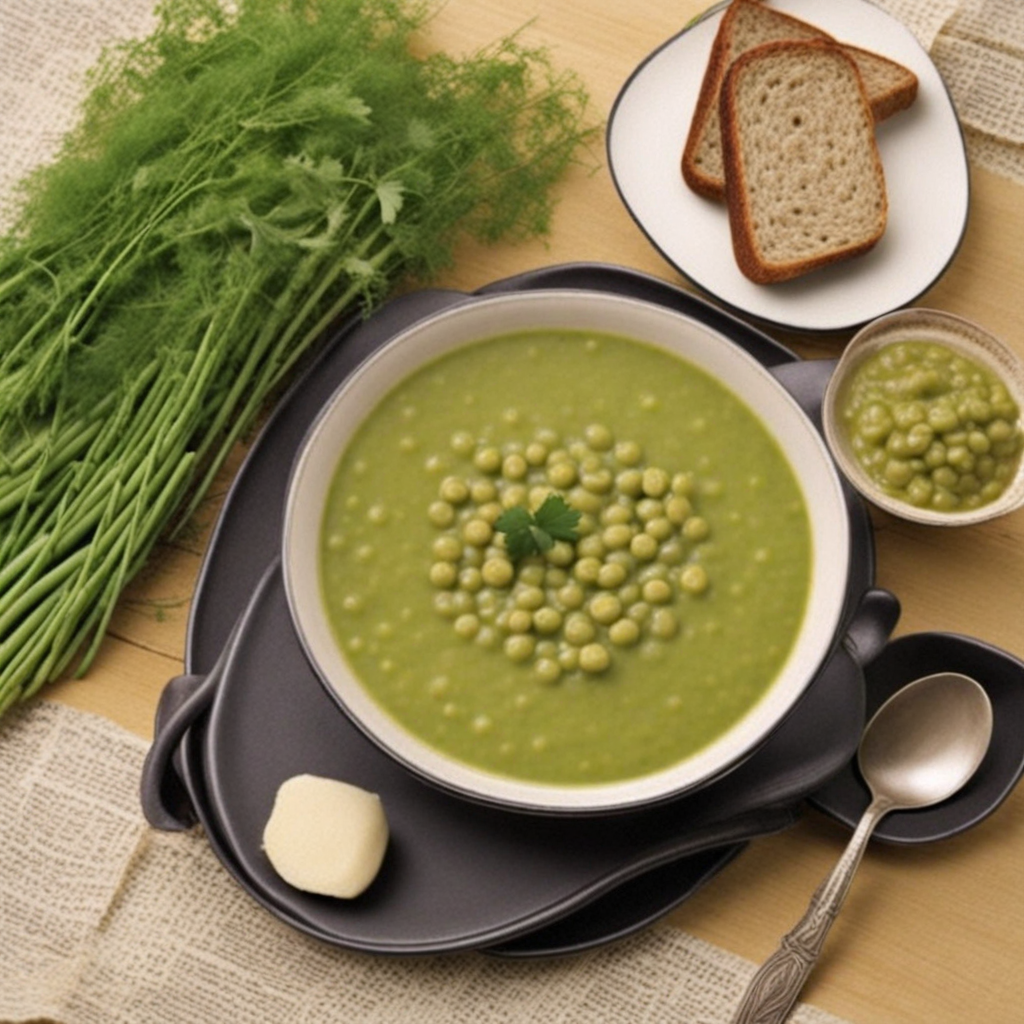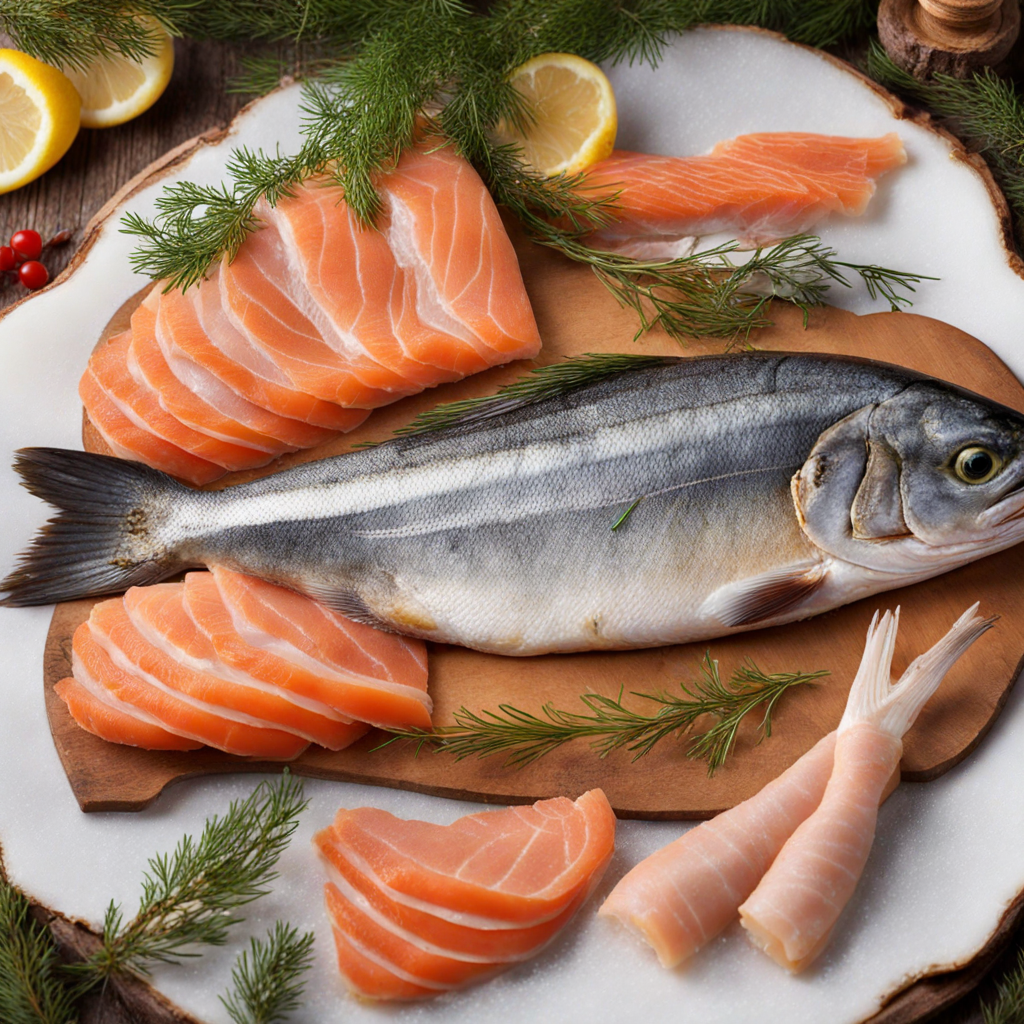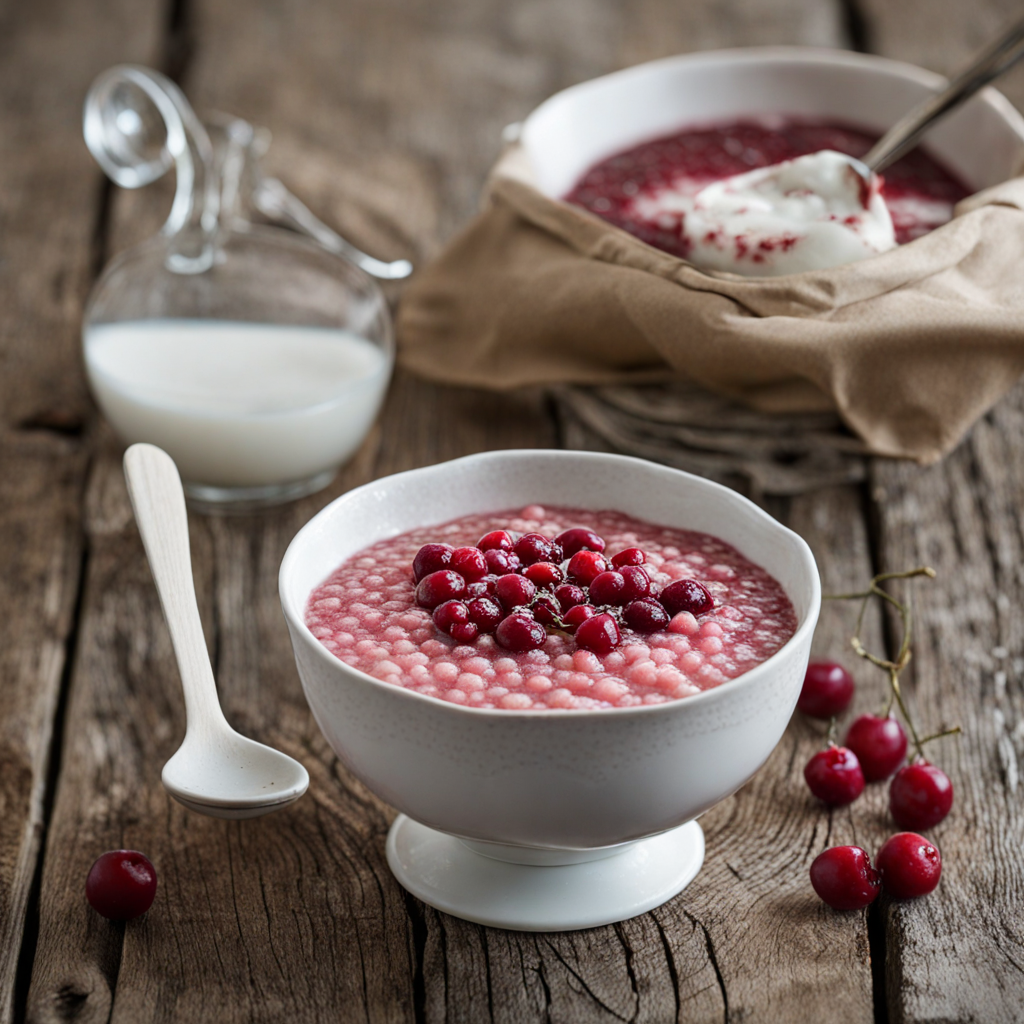Almond Potato
Almond Potato is a delightful Finnish dish that marries the earthy flavor of potatoes with the sweet, nutty essence of almonds. This dish typically features tender, boiled or roasted potatoes that are generously coated with a creamy almond sauce, enhancing the natural sweetness of the tubers. The potatoes are often cut into bite-sized pieces, allowing the rich flavors to meld beautifully in every mouthful. This combination creates a harmonious balance of textures, with the softness of the potato contrasting against the slight crunch of toasted almond slivers sprinkled on top. The preparation of Almond Potato can vary, but it usually involves using fresh, locally-sourced ingredients, showcasing Finland's commitment to seasonal eating. The almonds are usually toasted to bring out their full flavor, adding a delightful crunch that complements the creaminess of the sauce. Some variations may include herbs or spices, such as dill or nutmeg, to elevate the dish further, adding a fragrant aroma and a hint of freshness that cuts through the richness. This dish is often served as a side, pairing perfectly with grilled meats or fish, making it a versatile option for any meal. For anyone looking to explore new tastes, Almond Potato is an inviting introduction to Finnish cuisine. The unique combination of flavors and textures offers a comforting yet sophisticated experience, perfect for both casual dinners and festive gatherings. This dish not only reflects Finland's culinary heritage but also highlights the creativity of using simple ingredients to craft something truly special. Each bite is a celebration of nature's bounty, making it a must-try for adventurous eaters.
How It Became This Dish
Manteliperuna: A Culinary Journey Through Finnish Tradition #### Origins Manteliperuna, often referred to as "mantle potato," is a beloved Finnish dish that epitomizes the rich agricultural heritage and culinary creativity of Finland. The name itself conjures images of warmth and comfort, reflecting its foundational role in Finnish cuisine. The origins of Manteliperuna can be traced back to the early 20th century, when Finnish home cooks began to explore the fusion of traditional ingredients with innovative cooking techniques. The potato, a staple in Finnish diets since its introduction in the 18th century, serves as the base for this dish. Initially brought to Finland from South America via Europe, the potato quickly gained popularity due to its adaptability to the Finnish climate and soil. By the late 1800s, Finnish farmers cultivated various potato varieties, making them an essential part of the local diet. Manteliperuna emerged as a creative way to elevate the humble potato into a dish that could be both satisfying and celebratory. #### Cultural Significance Manteliperuna is more than just a dish; it is a symbol of Finnish home cooking and family gatherings. Traditionally served during festive occasions, such as Christmas and Midsummer celebrations, it embodies the spirit of togetherness and hospitality that is integral to Finnish culture. The dish is often prepared in large batches to accommodate family and friends, making it a communal experience that brings people together around the dining table. The preparation of Manteliperuna can vary from family to family, often passed down through generations. This familial aspect of the dish enhances its cultural significance, as each recipe is imbued with personal stories and memories. For many Finns, the act of cooking Manteliperuna is not just about nourishing the body but also about preserving heritage and reconnecting with their roots. #### Development Over Time As with many traditional dishes, Manteliperuna has evolved over the decades. In its earliest iterations, the dish was relatively simple, consisting primarily of potatoes, butter, and salt. However, as Finnish cuisine began to embrace influences from neighboring countries and international trends, Manteliperuna became a canvas for creativity. In the mid-20th century, the post-war era saw a shift in food culture in Finland. With the rise of convenience foods and the availability of new ingredients, Manteliperuna began to incorporate more diverse elements. Cooks started to experiment with fillings and toppings, introducing ingredients such as cheese, cream, and various vegetables. This era marked the transformation of Manteliperuna from a basic potato dish into a more complex and flavorful meal. The late 20th century brought about a renewed interest in traditional Finnish foods, as chefs and home cooks sought to celebrate and preserve their culinary heritage. Manteliperuna experienced a renaissance during this time, with a focus on using locally sourced ingredients. This movement not only emphasized the importance of sustainability and seasonality but also rekindled a sense of pride in Finnish cuisine. Today, Manteliperuna continues to be a staple at Finnish gatherings, with modern interpretations that reflect contemporary tastes. Some chefs have taken the dish to new heights by incorporating gourmet elements, such as truffle oil or artisanal cheeses, while others remain steadfast in their adherence to traditional recipes. This adaptability ensures that Manteliperuna remains relevant in Finland's evolving culinary landscape. #### Ingredients and Preparation The traditional preparation of Manteliperuna begins with selecting the right type of potato. Finns typically prefer waxy, floury varieties such as ‘Akseli’ or ‘Jelly’ potatoes, which hold their shape well during cooking. The potatoes are boiled and then cooled before being cut into halves or quarters. The hallmark of Manteliperuna, however, lies in its filling. A classic version includes a rich mixture of butter, cream, and grated cheese, which is generously stuffed into the potato halves. This filling is then topped with a sprinkle of breadcrumbs to create a delightful crunch when baked. Once assembled, the potatoes are placed in the oven until they are golden brown and bubbling with cheesy goodness. In contemporary kitchens, variations abound. Some cooks introduce seasonal vegetables such as spinach or mushrooms into the filling, while others may opt for a hearty meat mixture. Vegetarian and vegan versions are also becoming increasingly popular, utilizing plant-based cheeses and alternative creams. The versatility of Manteliperuna has allowed it to transcend regional boundaries within Finland, with each area putting its own spin on the dish. In the coastal regions, for example, seafood is sometimes incorporated, while in the northern parts of the country, reindeer meat may find its way into the filling. #### Manteliperuna in Modern Finnish Cuisine As Finland continues to evolve, so does Manteliperuna. The rise of the Nordic food movement has led to a greater appreciation for local ingredients and traditional methods of cooking. Chefs across the country are reimagining Manteliperuna, often presenting it in fine dining settings or at food festivals that celebrate Finnish culinary heritage. In recent years, Manteliperuna has also found a place in the global culinary scene. With the increasing interest in Nordic cuisine worldwide, Finnish chefs have begun to showcase their traditional dishes, including Manteliperuna, in international competitions and events. This exposure has sparked curiosity and admiration for Finnish culinary traditions, allowing Manteliperuna to reach new audiences. #### Conclusion Manteliperuna is more than just a dish; it is a testament to the resilience and adaptability of Finnish culinary traditions. From its humble origins as a simple potato dish to its current status as a beloved centerpiece at festive gatherings, Manteliperuna reflects the heart and soul of Finnish culture. As it continues to evolve and adapt to modern tastes, Manteliperuna remains a cherished symbol of home, family, and the rich culinary heritage of Finland. In every bite, one can taste the history, love, and creativity that have shaped this extraordinary dish over the years.
You may like
Discover local flavors from Finland


